Gözden kaçırmayın
 Aslında Ne Oldu CANLI Yayın
Aslında Ne Oldu CANLI YayınAfyonkarahisar initially existed within the boundaries of the Hittite Empire. Afterwards, the region passed to the Frig and Lydia civilizations, before falling under Persian domination in the 6th century BC. With the arrival of Alexander the Great and the Macedonian Empire, the lands were divided among his generals in the aftermath of his death. Selevkos and the Kingdom of Pergamum ruled the lands of Afyonkarahisar until they came under the reign of the Byzantine Empire in the later period. During the reign of Emperor Constantine I, the region became a part of Rome, and the Roman authorities attempted to Christianize the locals. In the 5th century AD, Byzantine Emperor Zenon fought against the Sassanid Empire in Afyonkarahisar. In the 7th century, the unified Muslims marched towards the capital of Byzantium, Constantinople. The Arabs, who set out to conquer the capital, reached the gates of Afyonkarahisar in 739 AD. It is believed that Battal Gazi martyred during this battle against the Byzantines according to Islamic belief.
After the victory of the Battle of Manzikert in 1071, Anatolia was opened up to the Turks. Under the command of Kutalmış's son Süleyman Şah, the Turks conquered Afyonkarahisar along with all of Western Anatolia. The armies of Western states who wanted to protect the Byzantine Empire and reclaim the holy lands joined forces with the Turks during the First Crusade, which took place during the reign of Seljuk Sultan Alaaddin Keykubat. Keykubat valued Afyonkarahisar highly, and restored and reorganized the city's castle.
Towards the end of the 13th century, Afyonkarahisar fell under the command of the Germiyanids, who were a powerful principality among the Turks. After Yıldırım Beyazıt annexed Afyonkarahisar to the Ottoman territories in 1390, it was returned to the Germiyanids following his defeat at the hands of Timur in 1402. The rapid consolidation and strengthening of the Ottomans led the Germiyanids to seek peaceful solutions, and Devrim Sultan was sent to the Ottoman court as a bride. After the death of Germiyanid II. Yakup, Afyonkarahisar, along with the whole of the principality, joined the Ottomans. At that time, Afyonkarahisar, also known as Karahisar-ı Sahip, became one of the 14 districts of the Empire. The center of the province, which was under the Ottoman governorship of Anatolia, was Kütahya. Following the Tanzimat era, when the Hudavendigar Governorate was established, Afyonkarahisar, along with five other districts, was attached to this center. In 1917, it was converted to an independent province from a sub-province of Bursa.
Afyonkarahisar suffered dark times during the Celali rebellions of the 17th century and the invasion of Kavalalı Mehmet Ali Pasha in 1833. However, its darkest days came during the period between the end of the First World War and the War of Independence. Like all Western Anatolian cities, Afyonkarahisar was invaded by Greece after the end of the First World War. Greek units entering the city on 28 March 1921 inexplicably left after 10 days. They reentered the city on 13 July 1921 and stayed for 1 year, 1 month, and 25 days. Afyonkarahisar was liberated from enemy occupation on the second day of the Great Offensive, 27 August 1922. During the occupation, the city was reduced to ruins and was burned and destroyed by the defeated enemy armies. The major battles of the Great Offensive were fought within the boundaries of Afyonkarahisar and Kütahya provinces. The famous battle, which signaled the victory of Turkish armies and was directed by Mustafa Kemal, known as the Battle of Kocatepe, was fought in the province of Afyonkarahisar. The enemy forces, surrounded between the First and Second Turkish Armies, were wiped out, making Afyonkarahisar one of the symbolic cities of our Independence War.
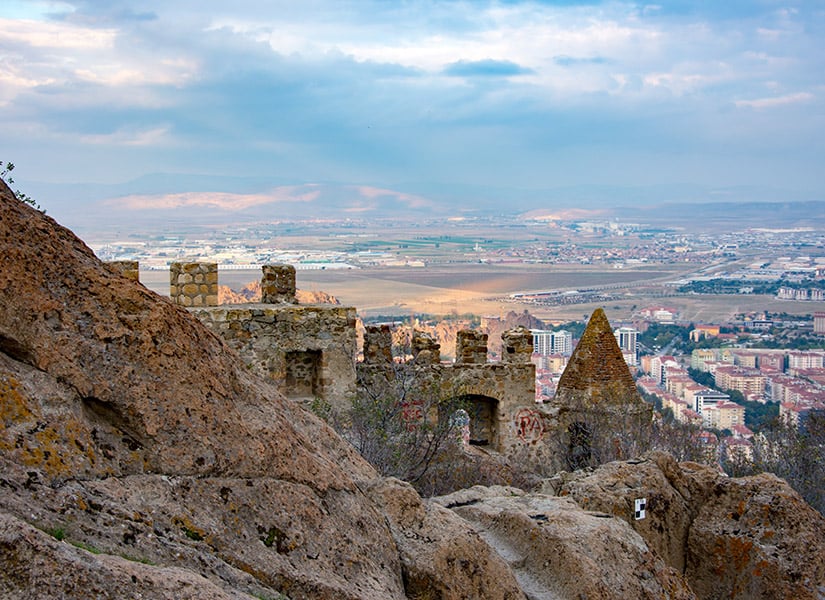
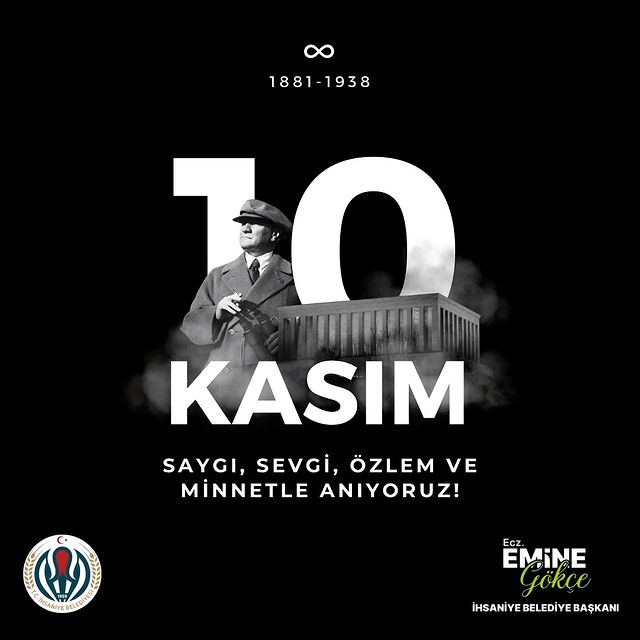

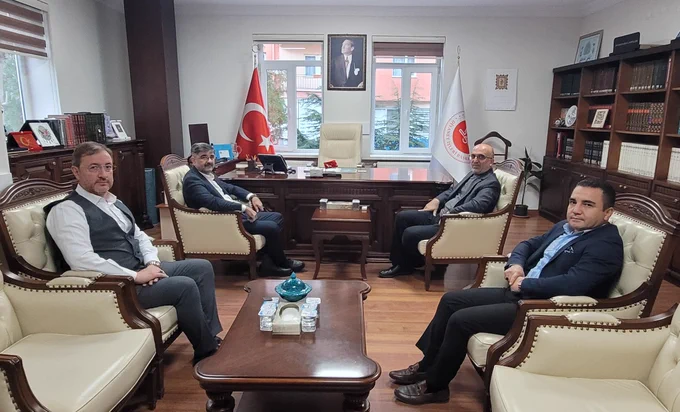


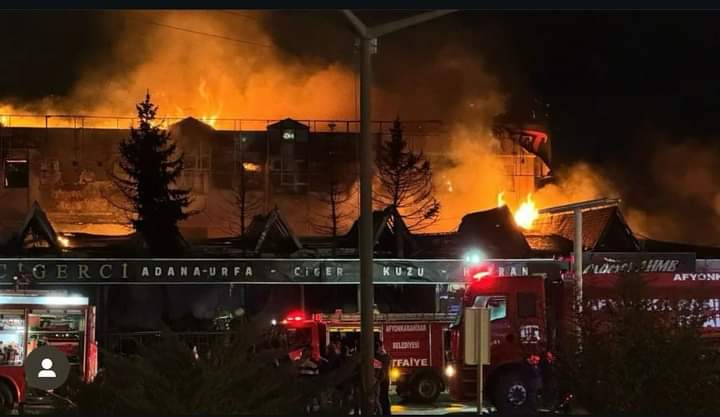
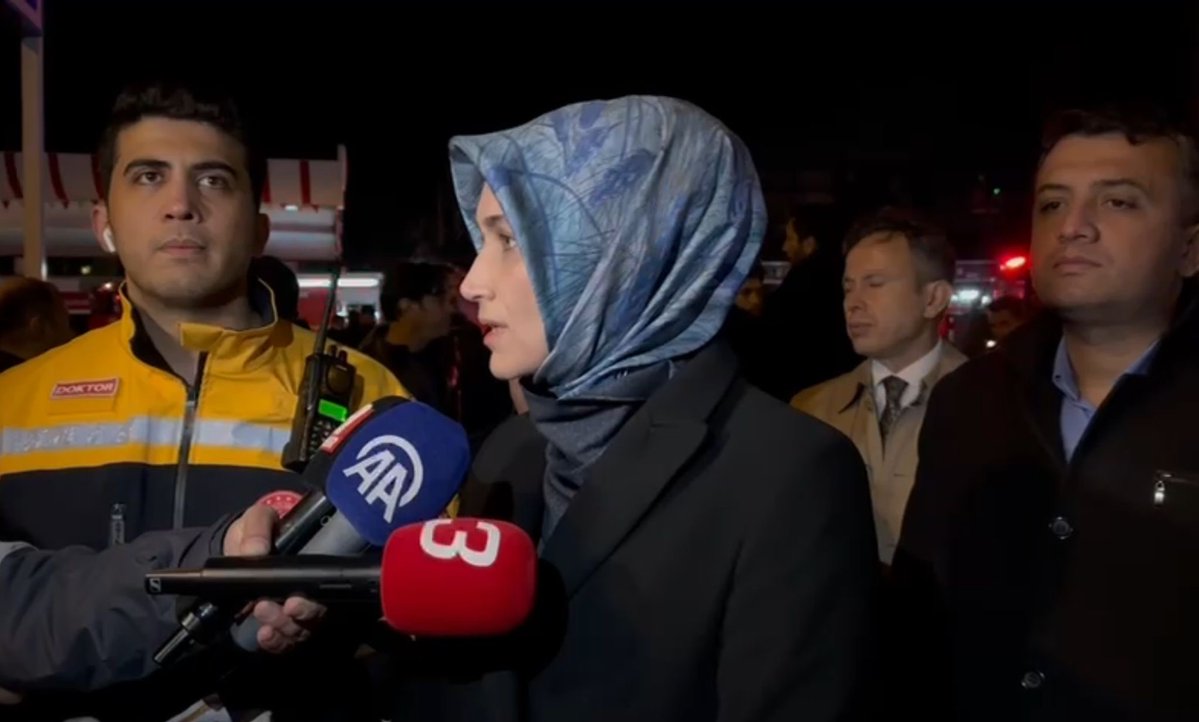




.jpeg)


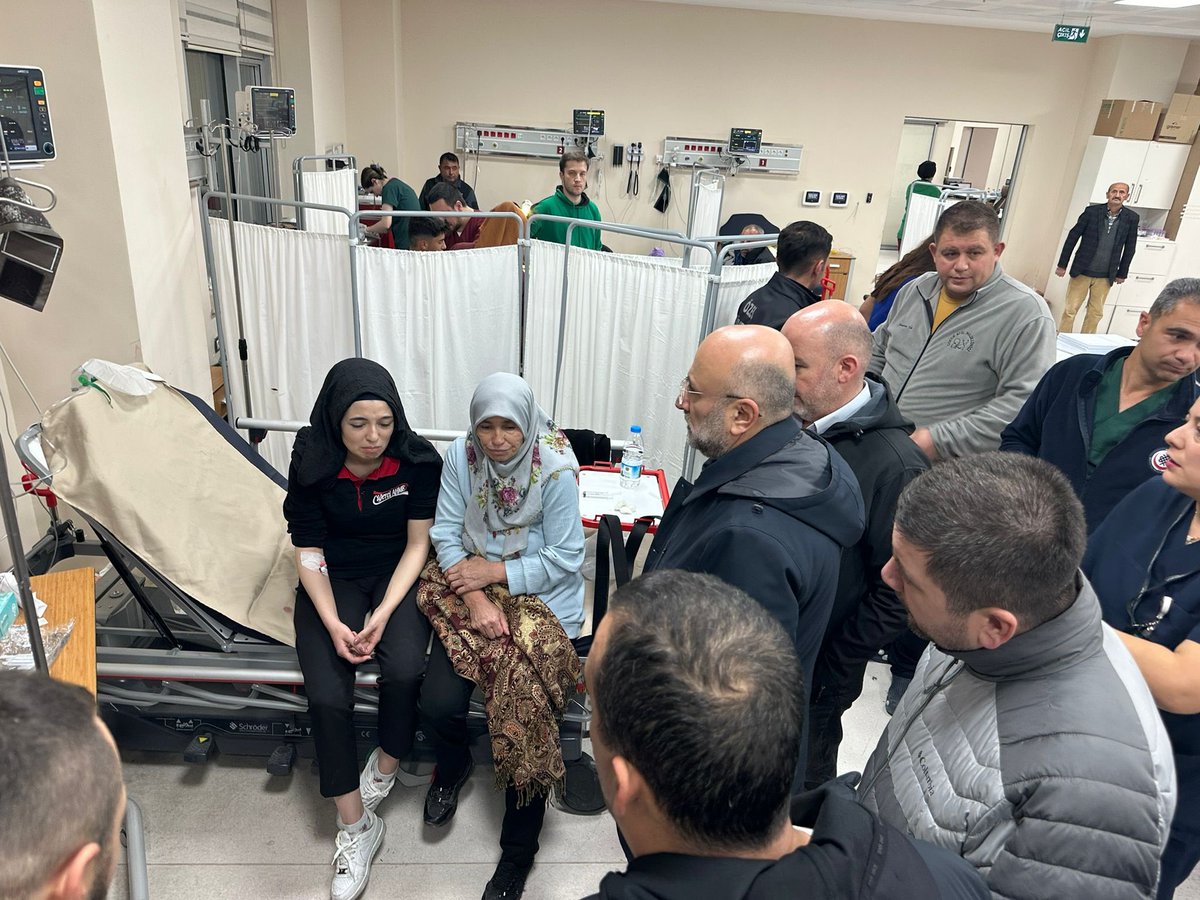

Yorumlar
Yorum Yap